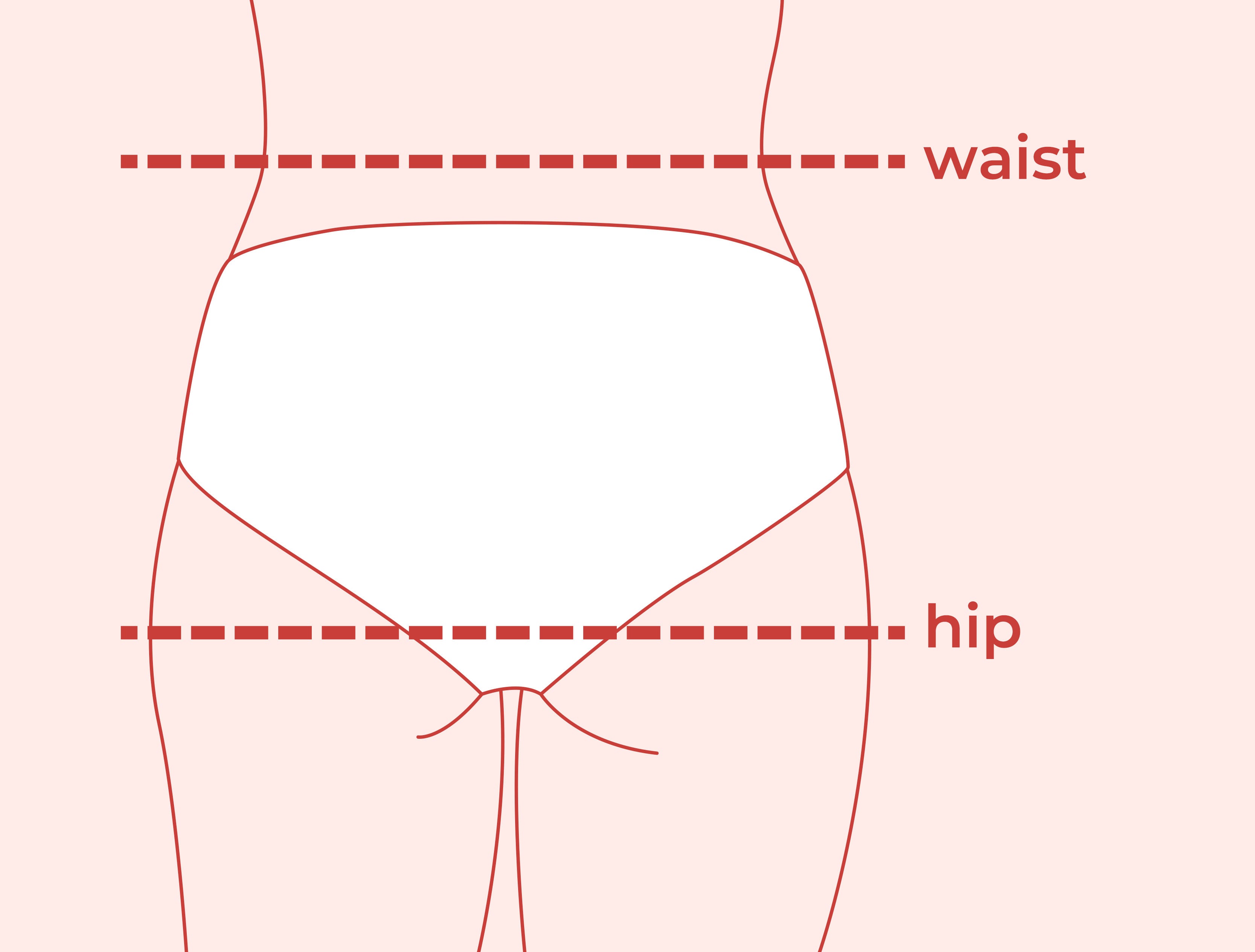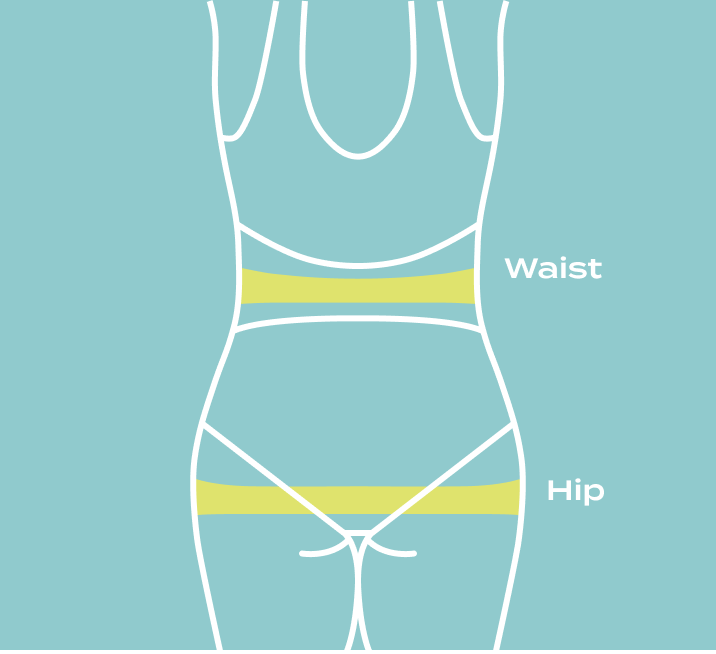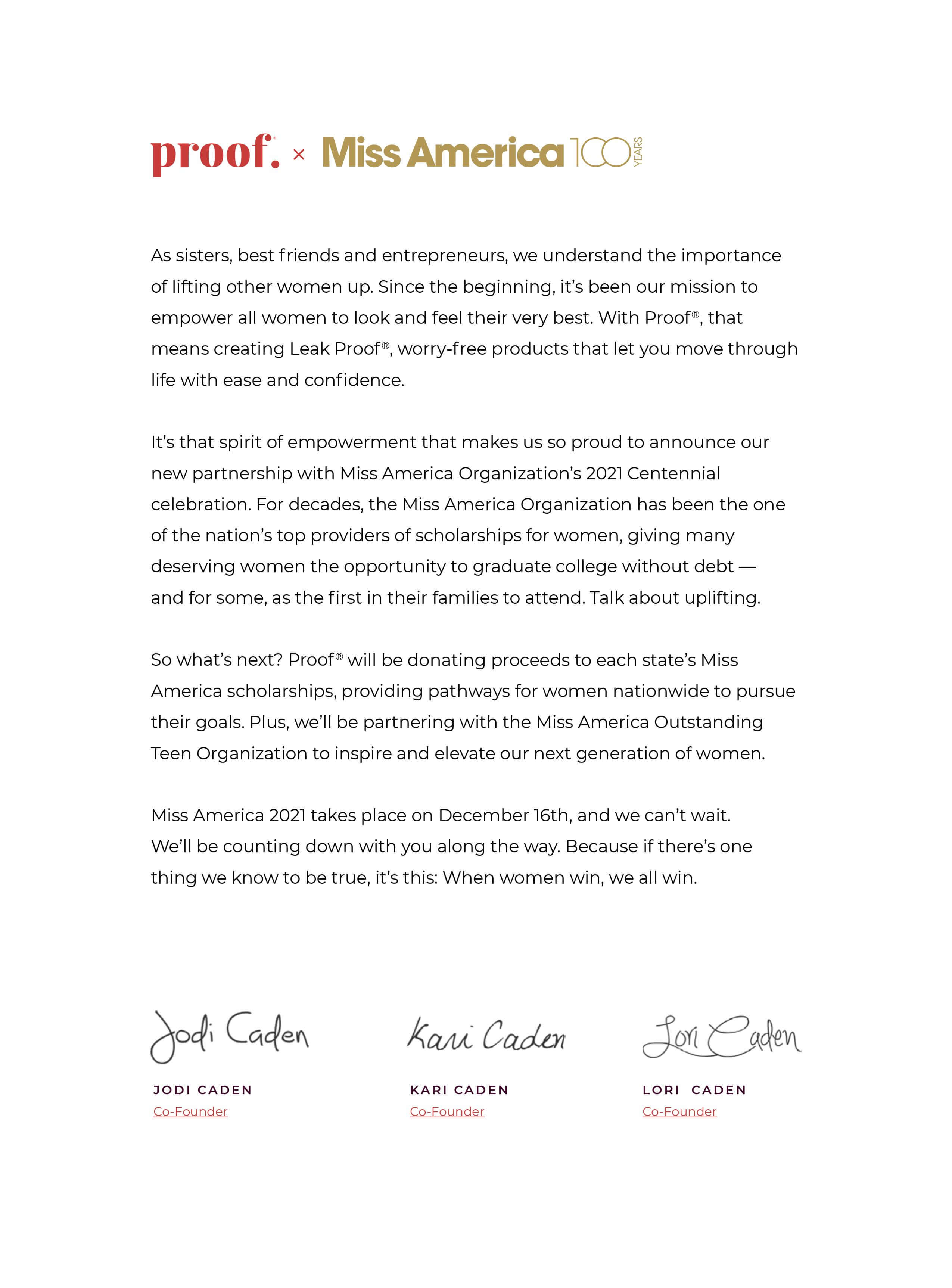Your first period is an exciting milestone, but you may feel slightly nervous about what it means and why you are bleeding every month. Whether you are a mom anticipating your daughter's first period or you are wondering what to expect for your own menstruation, you have come to the right place.
First, let's discuss what a period is and what to expect during your first period. The good news is you are not alone. Almost every girl experiences her first period in her preteen years. Talk to your mom or a family member you feel comfortable discussing if you have questions about your first period.
What is a period?
A period, commonly referred to as a menstrual period, is the shedding of the uterine lining if no pregnancy occurs. Vaginal bleeding consists of the uterine lining and blood.
When should I expect my first period?
Most girls notice their first period between the ages of 11 and 15. However, it is not uncommon for a female to start her first period as early as eight years old. Periods then continue until she reaches menopause, between ages 45 and 55.
How often does a period occur?
A period is considered regular if it occurs once a month with a period lasting 3 to 5 days. The average period cycle in between each period is 28 days, but can be longer or shorter depending on the person.
What will the first period feel like?
A girl's first period usually involves light spotting or slight bleeding. However, it is essential to remember that a girl's period is generally irregular during the first couple years.
How long will a period last?
Every period length varies from person to person based on several factors. However, the average period usually lasts between three to five days. Your period is considered regular if it occurs every 24 to 28 days from the first day of your period.
How do I know when my next period will come?
It is always nice to be prepared for when your period comes. Sometimes you can track your period down to the day. Other times it may be a mystery, and that’s OK. It may take up to a year before you can gauge when to expect your period based on the average cycle length from the start day of your period. This is because the first year of a girl’s period may be unpredictable and not regular. Until then, there are symptoms that your body uses to prepare for your period. These include:
- You develop more acne than usual. However, this can be difficult for teenagers to use as an indicator of their period because acne is prevalent during puberty.
- Your breasts feel tender.
- You are bloated
- You experience unusual fatigue without an underlying cause, such as staying up too late.
- You are gassy
- You experience abdominal cramping. Cramping usually occurs 1 to 2 weeks before bleeding starts.
- You have diarrhea or constipation.
- You have mood swings.
- You are feeling anxious.
- You have lower back or thigh pain.
How do I discuss my daughter's first period with her?
The conversation may feel uncomfortable at first for both of you. However, it is a conversation most parents have to have with their daughters, so you are not alone. There are many ways to start discussing what a period is and how to prepare for it. One of the meaningful ways to begin the discussion is by helping your daughter make her first-period kit as a team. Discuss why you need each item with your daughter and the importance. This may help facilitate the conversation and make it easier to talk about.
Things to pack in your period kit:
- Proof Teen® period underwear
- Travel-size baby wipes
- Extra pair of underwear
- Proof® disposable heating pad for cramps
- Remember a cute small pouch to carry these items in.
What products are best for my period bleeding, such as pads, tampons, menstrual cups, or period underwear?
- A pad is often the first choice for girls during their first period because it is easy to use. A pad is commonly made of cotton and has an adhesive strip that sticks to your underwear. Some pads have wings that wrap around the back of the underwear to ensure it stays in place. A pad should be changed every few hours to avoid leaks. Pads come in various absorbencies based on the flow level, and specific pads are designed to be worn at bedtime to prevent the need to change in the middle of the night.
- Tampons are more discreet than tampons because they may be flushed down the toilet in most cases. A pad you have to dispose of in a trash can may make someone self-conscious about others seeing it. A tampon is an excellent option if you play sports or swim. A tampon is inserted into the vagina through an applicator. The tampon has a string that may be pulled to dislodge the tampon during changing. There is a risk if you leave your tampon in too long called Toxic Shock Syndrome. Never leave a tampon in for more than 8 hours.
- A menstrual cup is a reusable cup that is made of silicone. The cup is inserted into the vagina and stays there and collects the blood until you empty it and reinsert it.
- Period underwear is the perfect option for girls who have their first period. It replaces the need for frequent changing and is most discrete while at school or out and about. Period underwear comprises various layers of fibers to absorb the blood, leaving you with a clean feeling throughout the day. Proof® period underwear created a line designed for teenagers during their period with cute prints and fun designs. Period underwear is environmentally friendly as it may be used for up to three years with proper care and laundering. Period underwear replaces the need for pads or tampons.
Why choose proof for period underwear?
Proof® was founded by three sisters who recognized the need for feminine care products that were environmentally friendly and reusable. On average, each woman disposes of about 11,000 tampons in her lifetime. In the United States, 20 billion pads and tampons are disposed of in landfills yearly. As women, we hope to can come together to help preserve the environment.






